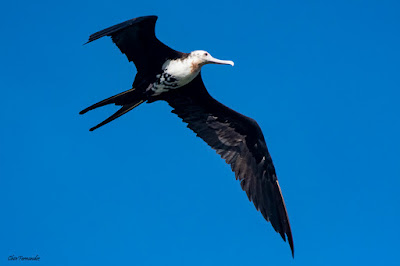The bountiful harvest of Day 1 left us in very high spirits. For the second day, we were going to Hide #3 for a specific target, the Slender-billed Scimitar Babbler and the secondary target was the Streak-breasted Scimitar Babbler. We had seen the Black-streaked Scimitar Babbler the day before.
When we arrived at said hide, half the seats, were already occupied and the photographers were already shooting. We quickly and quietly squeezed into the remaining seats, set up our gear and fired away. As expected there were birds common to the previous day. Sharing the ones that we just saw that day.
Streak-breasted Scimitar Babbler, one of our targets
Slender-billed Scimitar Babbler, the main target of the day.
Apparently, this is a sought after bird. The group of Singaporeans whom we shared the hide with that morning, came back to Baihualing with this bird as one of their main targets. They had all been to Baihualing the previous year but missed this bird.
Then we saw a familiar bird, Ashy Drongo, or Salang-ikog (forked tail), in Cuyonon.
Ashy Drongo
The parade of birds continued... here are some lifers.
Rufous-bellied Niltava, male
Streak-bresated Scimitar Babblers
A closer shot of the male Rufous-bellied Niltava
Blue-fronted Redstart, female
Grey-winged Blackbird, female
Slender-billed Scimitar Babbler
Slender-billed Scimitar Babbler
Blue Whistling Thrush
Blue Whistling Thrush
Rufous-bellied Niltava, male
Mrs. Gould's Sunbird, female
Snowy-browed Flycatcher
Snowy-browed Flycatcher, (docu shot)
White-gorgeted Flycatcher
White-gorgeted Flycatcher
Black-throated Sunbird, male
Grey-winged Blackbird, male
This is the shooting area of this hide...
Our lunch arrived promptly at noon and it was consumed quickly lest a new bird arrive while one is not in a position to shoot. After eating, we packed our gear and transferred to a new hide (this was really our plan for the day).
We were busy shooting something, when our host/landlord, Jeremy Yip arrived at the hide. Then he pointed at something on one of the trees. It took me a couple of minutes to see the bird because it blended so well with the tree trunk. At it was perpetually moving so getting a decent shot was difficult.
Eurasian Tree Creeper
After the Brown Tree Creeper left, we continued look at the main shooting area. The next bird was something I saw for a split second the day before - Long-tailed Sibia.
Long-tailed Sibia
Birds continued to come in waves as the afternoon wore on. But many of them were species that we had already seen. Still it gave us a chance to get better shots. Towards late afternoon, we got excited because a cute little bird arrived for the first time.
Scarlet Finch, female
We were getting ready to pack our gear when somebody, probably Raymond, blurted, Blue something and we all pointed our cameras at the newcomer and the familiar staccato of shutters filled the air.
Blue-winged Laughing Thrush
Some photos of the afternoon shoot...
The hide and shooting area
Keith climbing up the steep trail
Our porter for the day, which turned out to be the owner of the 48-room "home-stay" we stayed in. He was also our driver that day.
A selfie while taking a breather
The hide keeper with the thermos of hot water and the remnants of lunch
The days haul was forty three (43) species with twelve (12) lifers to add to my previous day's tally, bringing the lifer count to 49.



































































